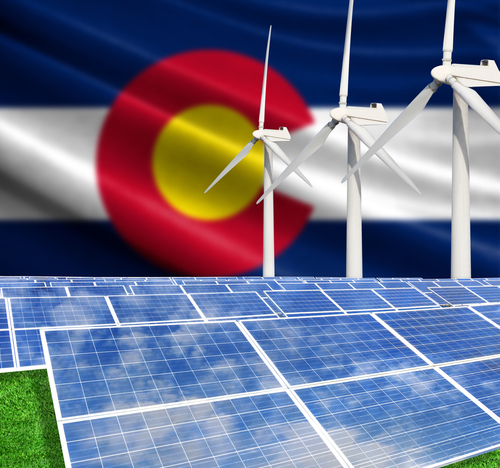Colorado PUC approves first phase of Xcel clean energy plan including coal retirements, renewable push

The first part of Xcel Energy-Colorado’s clean energy plan was approved by regulators at the state’s Public Utilities Commission (PUC) last week, setting the stage for the closure of Colorado’s last coal-fired power plant and renewable-sourced electricity for 80 percent of the company’s customers by 2030.
Agreed to by 19 stakeholder groups, the settlement on this decision will see Comanche Unit 3, the last coal plant in the state, shuttered by Jan. 1, 2031, a full four years earlier than originally proposed. The first and second units at the same plant are already set for retirement by 2025. Moving beyond the status quo, the settlement called for significant emission reductions and air quality improvements to begin at the plant before 2025 if it is to continue operating at all.
The plan also aligned Xcel more tightly with the GHG Pollution Reduction Roadmap advanced by the state. The roadmap, released last year, established milestones toward reducing greenhouse gas emissions: 26 percent by 2025, 50 percent by 2050, and 90 percent by 2050, all compared to 2005 levels. Xcel intends to deliver fully carbon-free electricity by 2050.
“I’m enthusiastic about this plan to save people money and achieve faster pollution reductions while bringing new jobs to communities and investing in rural Colorado,” Gov. Jared Polis said. “The free market is driving the transition to clean energy in a way that will help people hold on to more of their hard-earned money, clean our air, achieve energy independence, and continue our state’s economic growth.
All of this should also save consumers money. According to estimates from the Colorado Energy Office, coal costs approximately 4 cents per kW hour to use, while wind projects operate at less than 2 cents per kW hour and solar around 3 cents per kW hour. Additionally, Xcel stated that the new plan should allow it to reduce its carbon emissions by at least 85 percent by 2030.
Making up for the loss of power from coal, the company will also add a series of resources by 2030 that will be determined through a competitive bid process. These include approximately 2,400 MW of wind, 1,600 MW of solar, 400 MW in energy storage, nearly 1,300 MW of firm dispatchable resources, and almost 1,200 MW of distributed solar resources.
